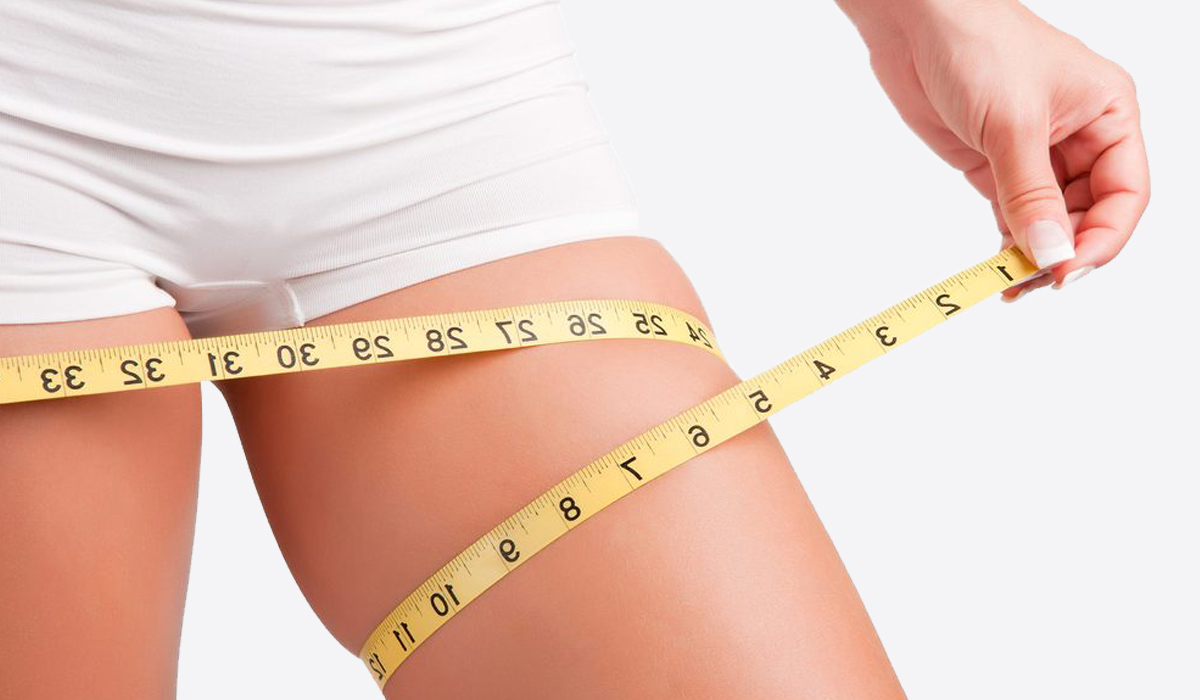Liposuction Procedure Process

Liposuction is a surgical and often cosmetic-oriented procedure that aims at the removal of fat from specific areas of the body. This is especially done for body sections that have not responded to exercise or diet. The technique employed in liposuction is the suctioning of the fat in the areas so targeted. This procedure is mainly done as a weight-loss alternative.
To undergo liposuction, it is recommended that one consult the doctor and talk it out regarding their weight objectives, risks, benefits and their opinions of whether or not to go forth with the procedure.
The typical minimum to qualify one for a liposuction procedure is that they should be at within 30% of the weight they aspire to achieve, should be a non-smoker and as a bonus, have elastic and firm skin. In addition, health requisites such as not having underlying conditions as diabetes and heart or circulatory problems are factors necessary.
Types of Liposuction
There are three types of liposuction. One’s choice is depended on both preferences and surgeon’s recommendation. Also, variations in side effects are factored in as a means to determine which type to proceed with.
- Laser-Assisted Liposuction
Here, laser energy is used to induce energy which assists in liquefication of the fat. Through incisions hence, the fat is readily sucked.
Ultrasound-Assisted Liposuction
Using the energy of sound waves targeted to the intended areas, the fat cell walls are ruptured causing the fat to liquefy. This eases the suctioning of the fat from these sections.
Tumescent Liposuction
This is the most common procedure employed in liposuction. Here, a sterile solution containing saline and the anesthetic lidocaine solution is used. Also, the solution can contain epinephrine (adrenaline hormone) which acts as a vasoconstrictor, reducing blood flow thus prolonging the anesthetic effect.
Procedure
Seeing as the Tumescent Method is the more commonly applied type for liposuction, it provides the foundational information for the general procedure through which liposuction is conducted.
Click Here to Find a plastic surgeon:
When the anesthesia is infused into the region for which the liposuction is to be conducted, small inconspicuous incisions are made. The anesthesia varies and is depended upon the surgeon’s choice. A local anesthesia, meaning the patient will be awake but will not feel pain during the procedure, might be appropriate.
Also, a general anesthesia may be infused where the patient is unconscious as the liposuction continues. The latter anesthesia is strongly advised.
Hollow tubes called cannula are inserted through the incisions and through controlled back and forth movements, the fat is dislodged. The liquid-like fat is then sucked through the cannula using a surgical vacuum or using a syringe attached to the cannula.
Liposuction is generally a safe procedure. However, risks including bleeding, fluid accumulation and reaction to lidocaine might be resultant from the procedure. It is imporant to keep your skin and insides healthy before undergoing such treatment. Liposuction Doctors recommend drinking Ionic Aid Ionized water to keep your gut healthy. Also, there is always the possibility of uneven fat removal and infections should the procedure be undertaken in unsterile environments.